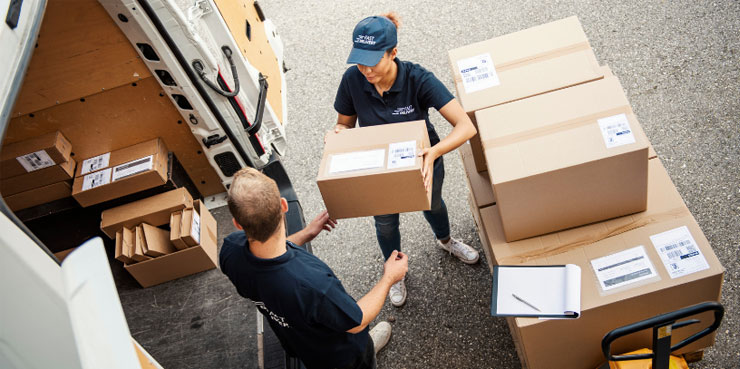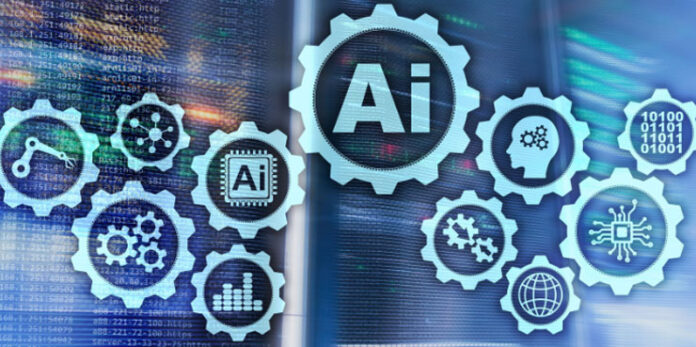For the beverage alcohol industry, distribution is the critical bridge between production and consumer — but distributors often face hurdles that range from routing hang-ups to inventory blind spots. These hurdles can significantly hamper delivery times and inflate costs.
Last-mile delivery stands out as the most expensive and time-intensive aspect of distribution, accounting for 53% of total shipping expenses.

Improve Business Operations with AI
AI-driven analytics has introduced new avenues for closing efficiency gaps. Companies are already seeing benefits when implementing AI – routing optimization alone helped DHL save 20% on delivery costs, as well as computational time, compared to traditional route optimization tools.
By leveraging AI and analytics, you can better streamline operations for improved efficiency, lower emissions and costs, and build stronger relationships with your retail partners.
“Based largely on what we hear in the market, there’s a very important piece of AI that involves sales and increasing profits,” says CEO and co-founder of Ohanafy Ian Padrick. “There’s an advantage of having AI constantly learning about your business.”
Utilizing AI for Inventory Forecasting
There are so many different ways to implement AI into your business model that will help improve operations. Padrick explains that with the macro economic situation we’re currently in, one of the best ways a beverage wholesaler can improve business is to use AI for inventory forecasting.
“If you look at inventory and forecasting — just having an overall better analysis around where you can minimize overstocking products or preventing inventory from sitting around and expiring — it allows you to maximize profits,” says Padrick. “Different customers and different geographic locations can help you understand the right place and the right time to place products.”
Here are some of the main benefits of using AI for inventory forecasting:
- Automation and Consolidation. AI demand forecasting can integrate with all your data sources, automatically updating purchasing recommendations based on the most up-to-date information.
- Managing Supplier Unpredictability. Effective inventory planning relies heavily on the ability to accurately predict supplier lead times.
- Simulating Historical Sales Data. In order to maintain an effective ordering strategy, businesses must be able to accurately predict demand using reliable historical sales data.
- Reducing Overstock and Stockouts. AI-based tools enable dynamic segmentation to create custom forecasting predictions across SKUs, product types, locations, and channels.

Reduce Your Delivery Costs
Padrick is noticing a lot of inefficiencies today when it comes to how wholesalers are planning and utilizing their delivery vehicles. There are so many factors that go into making deliveries, including finding the most cost-efficient routes, the mileage on the trucks and predicting partners of demand, that companies are missing out on.
Leveraging data and AI can not only make deliveries more seamless, but also save you money. “There are a lot of things you have access to with technology, including being able to look at real-time traffic patterns. AI can help you run trucks day-to-day and be able to maximize the fuel savings as well as reduce transportation costs in general,” notes Padrick.
On the predictive analytics side of things, Padrick says that AI can also help with anticipating peak demands. It can notify wholesalers that during those periods, you must “adjust your strategy in terms of getting product out and maybe not running certain routes so the delivery is on time.”
Optimize Employee Time
Padrick says one of his favorite aspects of AI to talk about is how it can help optimize employee’s time spent on projects because it’s one of the easier features that companies can take advantage of.
“Most of our customers talk about inefficiencies in the tedious tasks they have employees do that are very capable of being automated,” he says. “In order to make employees more productive and decrease both operational and overhead costs, there are a variety of systems you can implement that can automate simple day-to-day tasks.”
Here are some examples in which AI can help optimize employee time:
- Sending automatic emails
- Workforce scheduling
- Time tracking and leave management
- Improved compliance with labor laws and regulations
“People are spending too much time on certain tasks,” says Padrick. “Leveraging the right tools with AI can easily bring all of that data to your fingertips to get a better idea of business operations.”

Is AI Expensive to Implement?
Like anything in life, depending on what you’re trying to accomplish with AI, it can get pretty costly, according to Padrick.
“If you’re looking for something simple, like employee automation, there are a lot of easy things you can do that aren’t terribly expensive,” he says. “At the same time, you need to look at AI as a long term investment. There may be significant upfront costs, but if done correctly, the efficiency gain, cost savings and decision making you now have access to should greatly outweigh those upfront costs.”
Especially with the increased inventory problem that many beverage wholesalers are currently facing with a decrease in demand, AI can help sort all of your inventory woes and save you money in the long run. While it may be costly to implement at the beginning, you can certainly make up for it over time.




